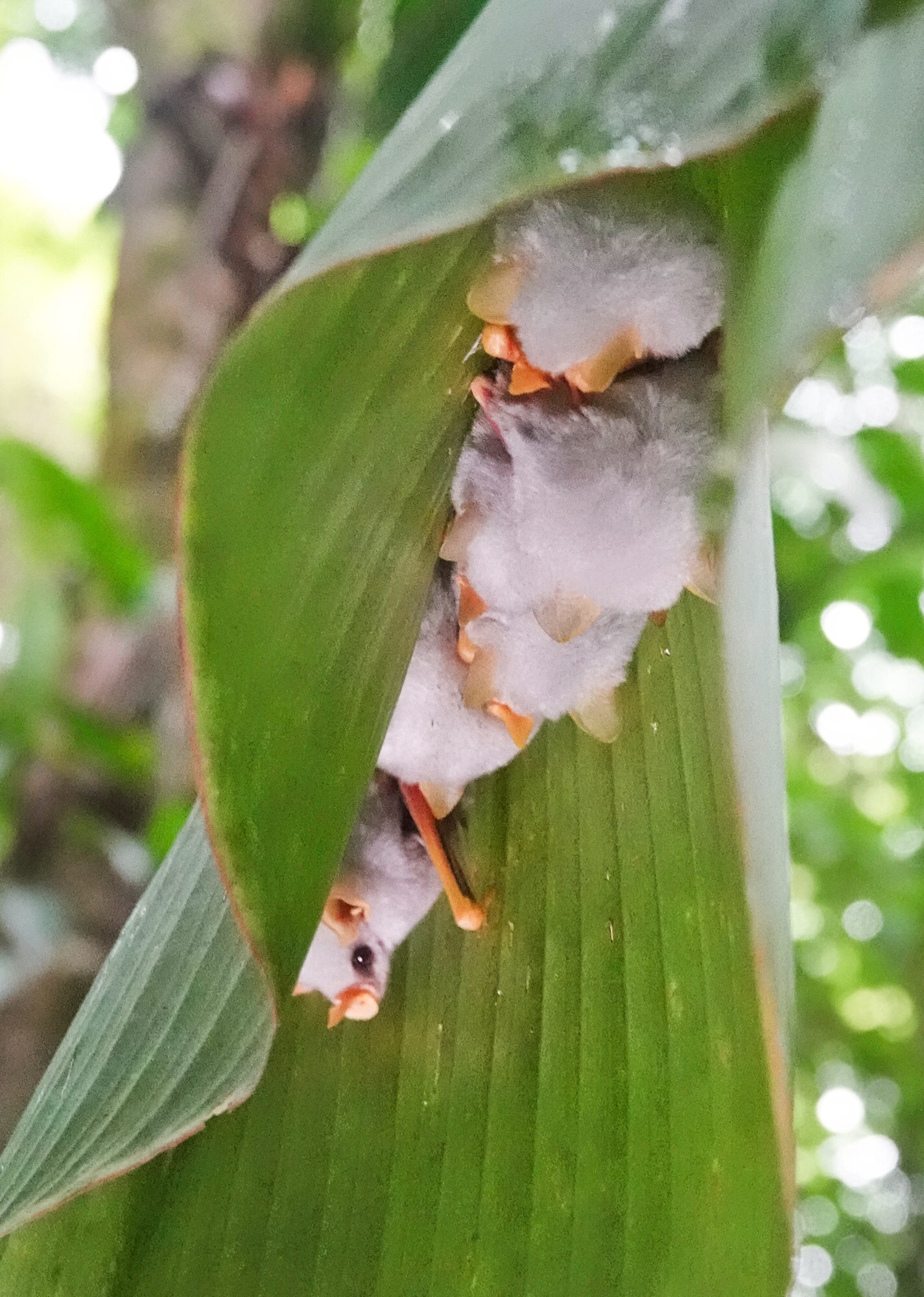
In Costa Rica, you are not allowed to use flash at night when photographing frogs (to avoid damaging their eyes and disrupting their night time routine…in fact flash is discouraged in wildlife photography of any kind in Costa Rica…where it is not actually illegal). In the past I have used a good led flashlight, most recently a Everready daylight balanced flashlight, held beside my camera, with the camera set in “Anti Motion Blur” mode. I have gotten some good shots, but in Anti-motion Blur mode it is not possible to adjust Exposure Compensation and keeping the whites on the Red-eyed Leaf Frogs in check has been difficult. At close distances I often had to turn the flashlight down or shine it slightly off to the side, which pushed my ISO’s higher than they needed to be.
On this year’s Point and Shoot Nature Photography Adventure in Costa Rica, I made two changes to my technique.
1) Inspired by ads for a similar, but much more expensive, device on Facebook, I searched Amazon and bought a little light cube, normally used for shooting video. It mounts in the flash shoe of the Rx10iv and has three levels of adjustable illumination. It was under $30 and came with the flash shoe mount and a set of color filters to change the color temperature. It is roughly daylight balanced as it is.

2) I experimented with “multi-frame-noise-reduction” instead of anti-motion-blur. It does not have the motion processing of AMB but it still takes 3-4 images at a lower ISO and stacks them. Since high ISO noise in an image is random, stacking 3 images tends to ”average out” the noise. I was concerned that if the frog moved…or, more likely, if I moved the camera, the multiple frames would not stack correctly…but in practice it worked better than I expected. MFNR allowed me to dial in the EV for best results and, if I was very careful with motion, to even use Clear Image Zoom. In fact, MFNR did a better job of stacking exposures and I did not have to use much EV compensation at all.

What I also found was that the daylight balanced light cube did not disturb the frogs at all. With flashlights, the frogs first shut their eyes and then hunker down to make themselves as small as possible. You have to be quick to get a shot before they respond. With the light cube I could work a frog for many moments and it did not even close its eyes, much less hunker down.
If you do any night photography, I highly recommend you check out a light cube. They are available from a number of vendors on Amazon, and are inexpensive. They are also way easier to work with an a separate hand held flashlight, and seem to disturb the subject less. What is not to like?
As a final note, while in Costa Rica I worked with Cope, an artist and naturalist who lives in La Union (Donde Cope). He was using an LED array…also sold for video work…with over 150 leds. It seemed to provide a very non-directional light source, much like natural daylight, and would, I think, be very useful for hummingbirds and other birds in low light. That will be my next experiment. This shot of Honduran White Tent-making Bats up under a leaf under heavy canopy was taken using his hand held Led Array, but they do mount in your flashshoe as well. Note how natural the shadows look.

A great piece/s of informations Steve. I have never thought of using one of those lights and as I’m off to Costa Rica mid January next year, I might think about getting one.
Also the images of the frog and the bats look great.
Regards
Rodger